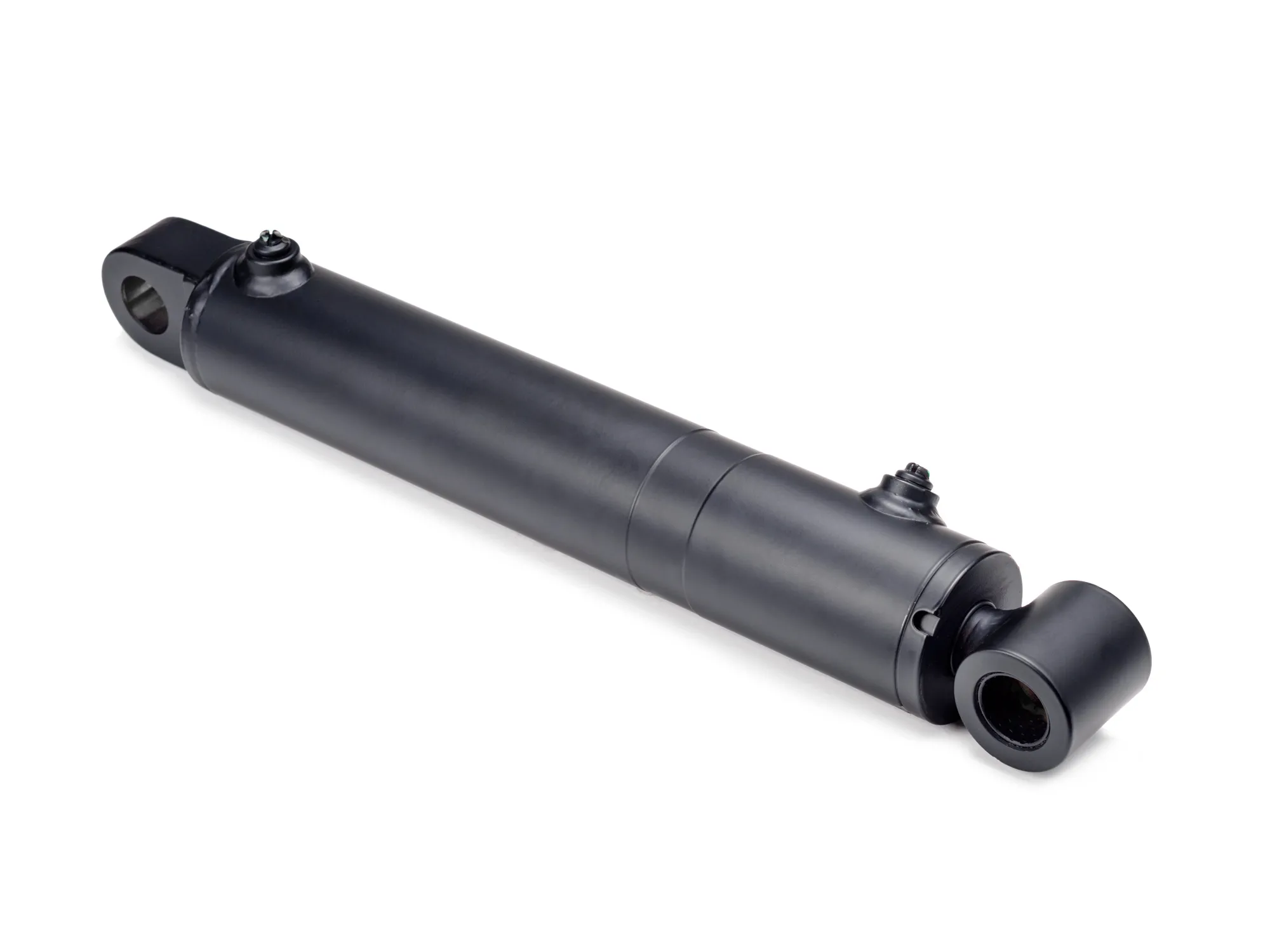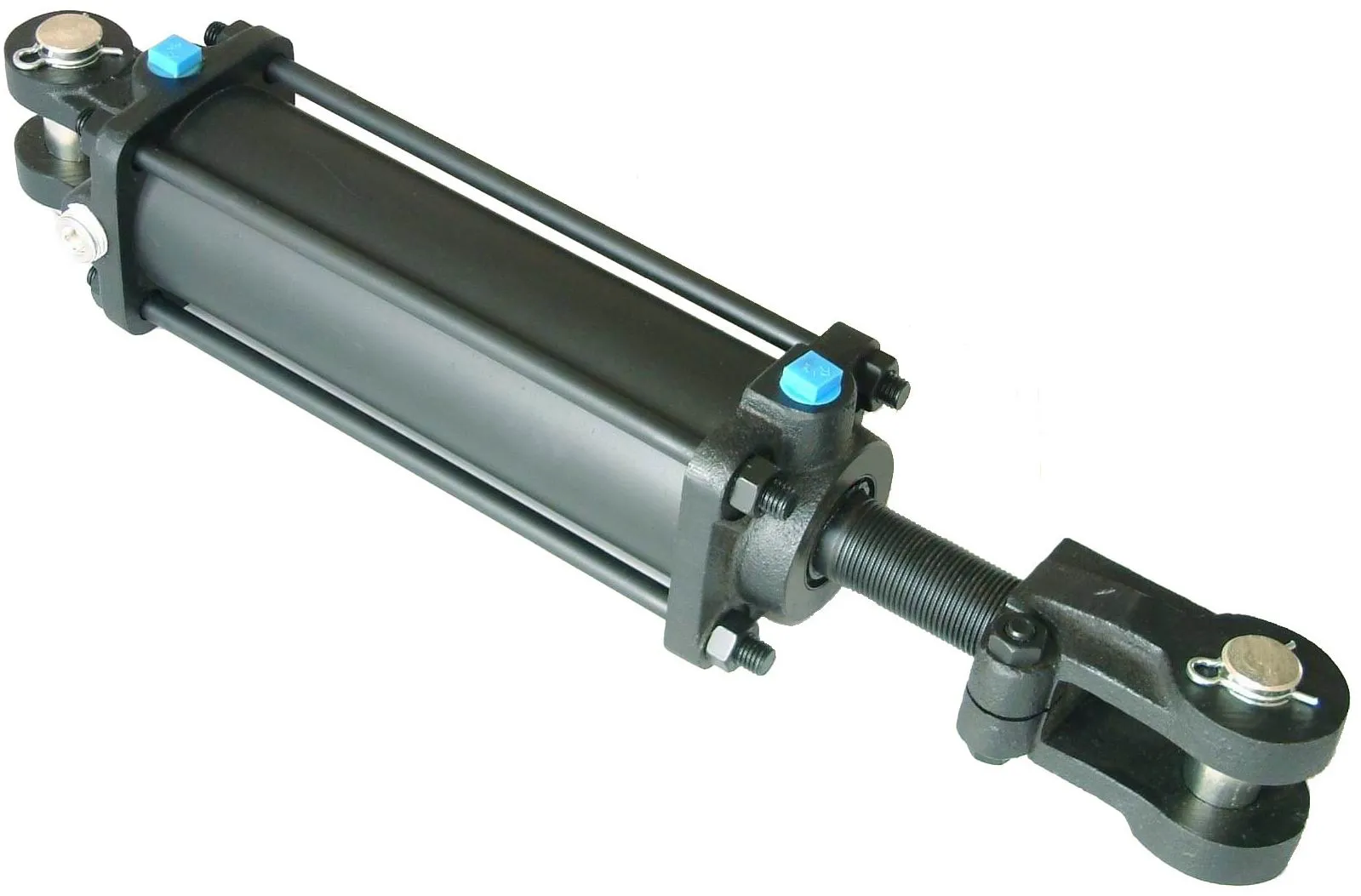The Essential Guide to Industrial Hydraulic Cylinder Applications In Lifting
Understanding the Hydraulic Cylinder in Industrial Environments
Industrial hydraulic cylinders play a crucial role in various applications, especially in lifting heavy loads. These cylinders are mechanical actuators that provide power through pressurized hydraulic fluid, converting that energy into linear force and motion.
Key Components and Structure
- Cylinder Barrel
- Piston
- Rod
- Seals
The cylinder barrel houses the piston and rod, while seals prevent leakage of hydraulic fluid. The piston moves back and forth within the cylinder to generate force, which is transmitted through the rod for lifting applications.
Principle of Control Cylinder Operation
The operation of a hydraulic cylinder is based on Pascal’s law, which states that the pressure exerted on a confined fluid is transmitted undiminished in every direction within the fluid. This principle allows for precise control and efficient power transmission in lifting applications.
Types of Hydraulic Cylinders
Single Acting Cylinder
A single-acting cylinder uses hydraulic pressure to extend the piston, but relies on an external force, such as a spring or gravity, to retract the piston. This type is commonly used in applications where load return is not required, such as in dump trucks.
Double Acting Cylinder
Double-acting cylinders use hydraulic pressure to both extend and retract the piston, providing more control and versatility in lifting applications. These cylinders are commonly found in industrial machinery and construction equipment.
Telescopic Cylinder
Telescopic cylinders consist of multiple nested stages that extend and retract in a telescoping manner, allowing for a longer stroke length in a compact design. They are often used in applications where space is limited, such as in aerial lifts.
Differential Cylinder
Differential cylinders have different piston areas on each side, providing unequal force and speed in extension and retraction. This type is used in applications that require varying lifting speeds, such as in manufacturing automation systems.
Advantages of Industrial Hydraulic Cylinders
- High Power Density
- Precise Control
- Reliable Operation
- Compact Design
- Low Maintenance
Industrial hydraulic cylinders offer exceptional power output in a compact form, allowing for precise control and reliable operation with minimal maintenance requirements.
Applications of Industrial Hydraulic Cylinders
Industrial hydraulic cylinders are widely used in various industries for lifting applications, including:
- Manufacturing
- Construction
- Mining
- Agriculture
In manufacturing, hydraulic cylinders are used in robotic arms for precise movement, while in construction, they power heavy machinery for lifting and positioning. In mining, hydraulic cylinders operate equipment for excavating and transporting materials, and in agriculture, they are used in machinery for planting and harvesting.
Selecting the Right Industrial Hydraulic Cylinder
When choosing an industrial hydraulic cylinder for a specific application, factors such as load capacity, stroke length, and hole size must be considered to ensure optimal performance. Matching the performance of the cylinder to the requirements of the application is essential for efficient operation.
Maintenance and Care of Industrial Hydraulic Cylinders
Regular maintenance of industrial hydraulic cylinders is crucial for ensuring optimal performance and extending service life. Inspection, lubrication, and cleaning are essential practices to prevent wear and ensure smooth operation.
Installation Guide for Industrial Hydraulic Cylinders

Proper installation of industrial hydraulic cylinders is key to their performance and safety. Following manufacturer guidelines and ensuring correct alignment and connection of components is essential for efficient operation.
Maintenance Tasks
Common maintenance tasks for industrial hydraulic cylinders include:
- Cleaning: Removing dirt and debris to prevent contamination of hydraulic fluid.
- Lubrication: Applying grease or oil to moving parts for smooth operation.
- Checking Wear: Inspecting seals and components for signs of wear or damage.
Fault Diagnosis and Common Problems
Common issues with industrial hydraulic cylinders include leakage, seal damage, and piston misalignment. Proper diagnosis and troubleshooting are essential for identifying and resolving problems to ensure optimal performance.
Preventive Measures for Optimal Performance
Regular maintenance, proper installation, and adherence to operational guidelines are key preventive measures to minimize potential problems and optimize the performance of industrial hydraulic cylinders in lifting applications.
Choosing the Right Industrial Hydraulic Cylinder
When selecting an industrial hydraulic cylinder, factors such as load capacity, stroke length, and application requirements must be considered to ensure optimal performance and efficiency in lifting operations.
Long-Tail SEO Articles
1. “Enhancing Lifting Efficiency with Industrial Hydraulic Cylinders”
2. “Maximizing Productivity in Manufacturing with Hydraulic Cylinder Solutions”
3. “Optimizing Performance in Construction with Custom Hydraulic Cylinder Designs”
Company Introduction
Our company is a leading hydraulic cylinder manufacturer and wholesale distributor, offering a complete product line for various industrial applications. With professional expertise, international certifications, customized services, state-of-the-art production equipment, and dedicated after-sales support, we are committed to delivering high-quality hydraulic solutions to our customers worldwide.
Author: lyl

